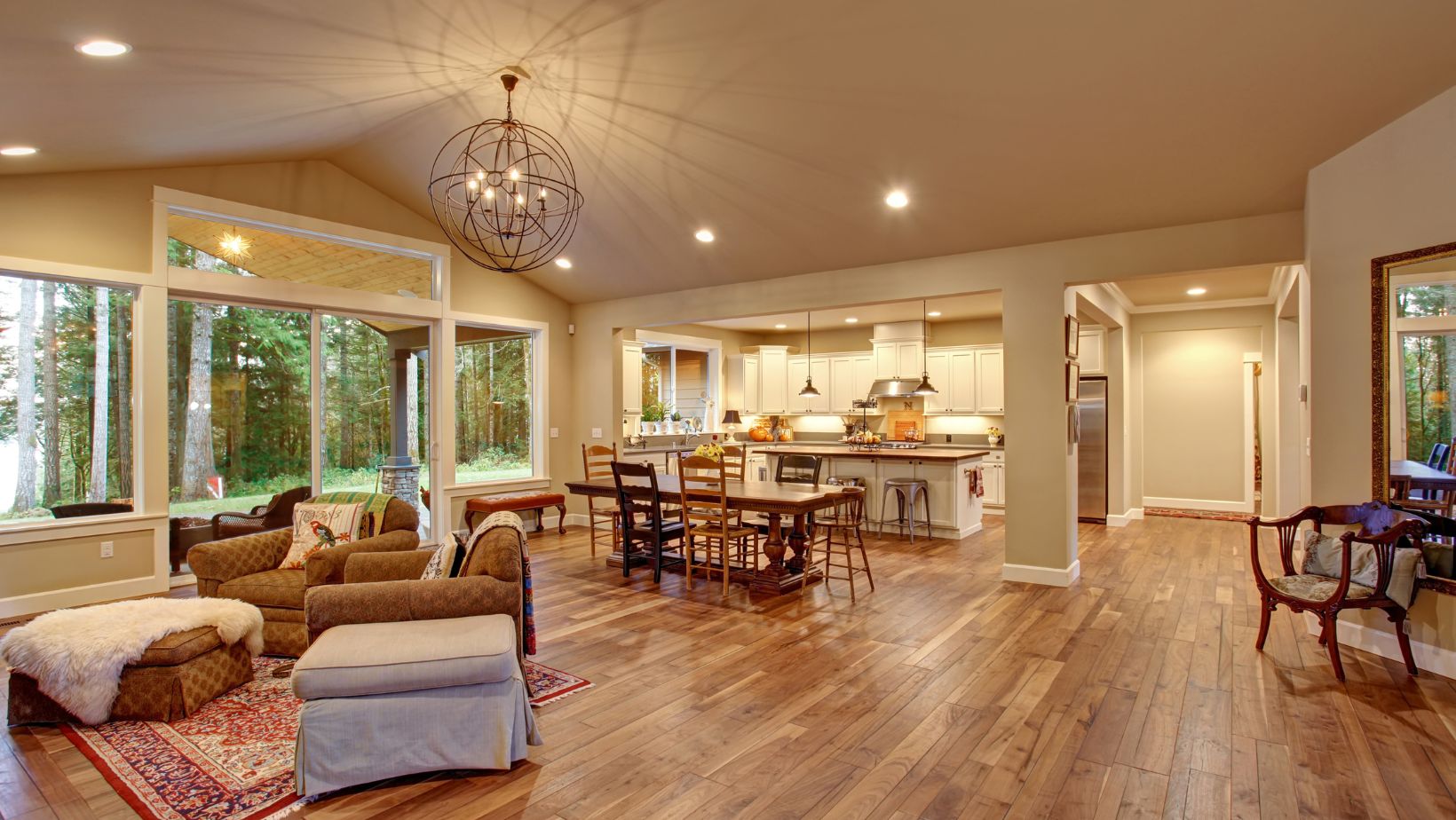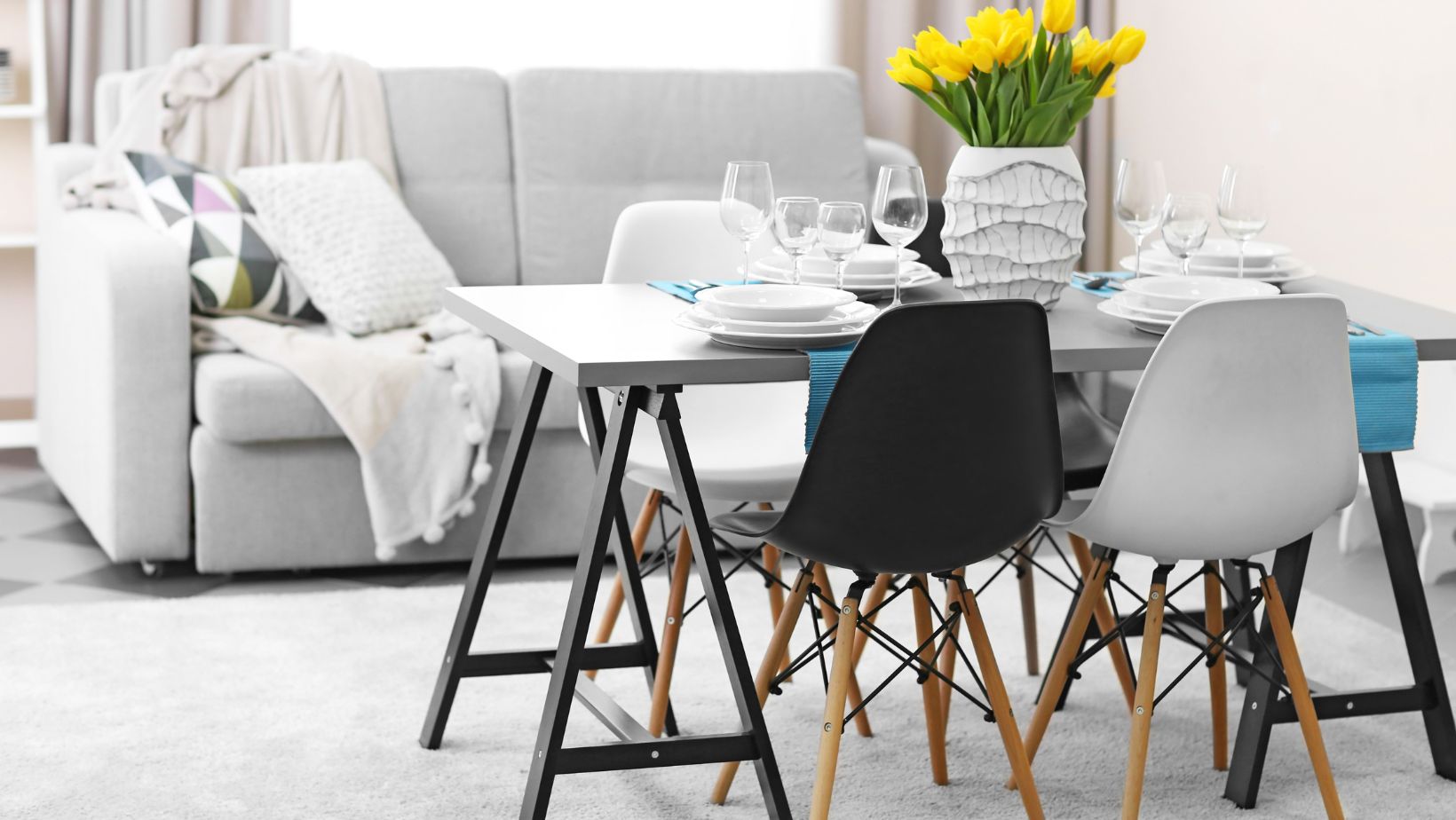How To Arrange Living Room Furniture can be a daunting task, but with the right guidance, it can transform your space into a cozy and functional area. The placement of furniture plays a crucial role in creating a harmonious and inviting atmosphere for both residents and guests. By strategically arranging your furniture, you can maximize space and enhance the overall aesthetic appeal of your living room.
Whether you’re working with a small or large living room, understanding the principles of furniture arrangement is essential. From choosing the focal point to creating conversation areas, each decision impacts the flow and functionality of the space. With a few expert tips and tricks, you can create a layout that not only complements your style but also promotes comfort and practicality.
Table of Contents
ToggleHow To Arrange Living Room Furniture
How To Arrange Living Room Furniture, start by considering the room’s focal point. Position seating towards this element to create a natural flow. Create conversation areas by arranging furniture in a way that encourages social interaction. Utilize area rugs to define specific zones within the room and anchor furniture. Consider the scale and proportion of each piece to ensure a balanced arrangement.
- Adjust the layout to allow for smooth traffic flow and accessibility.
- Utilize multifunctional furniture to maximize space in smaller living rooms.
- Balance larger items like sofas with smaller pieces such as accent chairs or side tables.
- Experiment with different arrangements to find the most functional and visually appealing layout.
- Don’t overcrowd the space by incorporating only essential furniture pieces.
- Add personal touches with decorative elements like throw pillows, art pieces, and indoor plants.
Remember, the goal is to create a cozy and functional space that reflects the homeowners’ style and personality while promoting relaxation and socialization. By following these tips for arranging living room furniture, one can achieve a harmonious and inviting environment that caters to both comfort and aesthetics.

Planning Your Layout
Assessing the Room Size
When arranging living room furniture, start by assessing the dimensions of the room. Take note of the length, width, and any architectural features like windows or doors. This will help determine the size and quantity of pieces that can comfortably fit without overwhelming the space.
Identifying the Focal Point
Identifying the Focal Point in the room is crucial. It could be a fireplace, a large window with a scenic view, or a piece of artwork. Orienting the furniture around this focal point helps create a cohesive layout and enhances the visual appeal of the space.
Choosing the Right Furniture
Selecting the Main Pieces
- Start by measuring the room to determine the ideal size for main furniture items such as the sofa and coffee table.
- Consider the traffic flow to ensure the pieces don’t impede movement through the room.
- Opt for a versatile sofa that fits the space and complements the room’s design style.
Adding Accent Pieces
- Accent chairs, side tables, and storage units can enhance the room’s functionality and visual appeal.
- Choose accent pieces that complement the main furniture while adding personality to the space. If you’re unsure about which furniture style suits your home best, check out Different Furniture Styles Explained to explore various design aesthetics.
- Rugs and decorative items like cushions and artwork can tie the room together.
- Prioritize comfort by selecting furniture with plush cushions and supportive seating.
- Ensure that the furniture serves its intended purpose while also contributing to the overall aesthetic.
- Balance style with functionality to create a space that is both inviting and practical.

Arranging the Furniture
Creating Conversation Areas
When arranging living room furniture, consider creating conversation areas by placing seating in close proximity. This setup encourages interaction and socializing among guests. Arrange sofas and chairs facing each other to facilitate easy communication and ensure a cozy atmosphere.
Establishing Traffic Flow
To optimize the living room furniture arrangement, establish a clear traffic flow. Ensure there are clear pathways between seating areas to allow for easy movement. Avoid placing furniture in a way that obstructs foot traffic and access to key areas such as doorways and windows.
Balancing the Room Layout
Balancing the Room Layout is essential for a harmonious look. Distribute furniture evenly throughout the space to maintain visual equilibrium. Consider the size and scale of each piece to prevent overcrowding or imbalance. Utilize accent pieces strategically to add interest and functionality without overwhelming the room.
Additionally, take advantage of seasonal promotions, such as a living room furniture sale, to find pieces that fit both your budget and style preferences.

